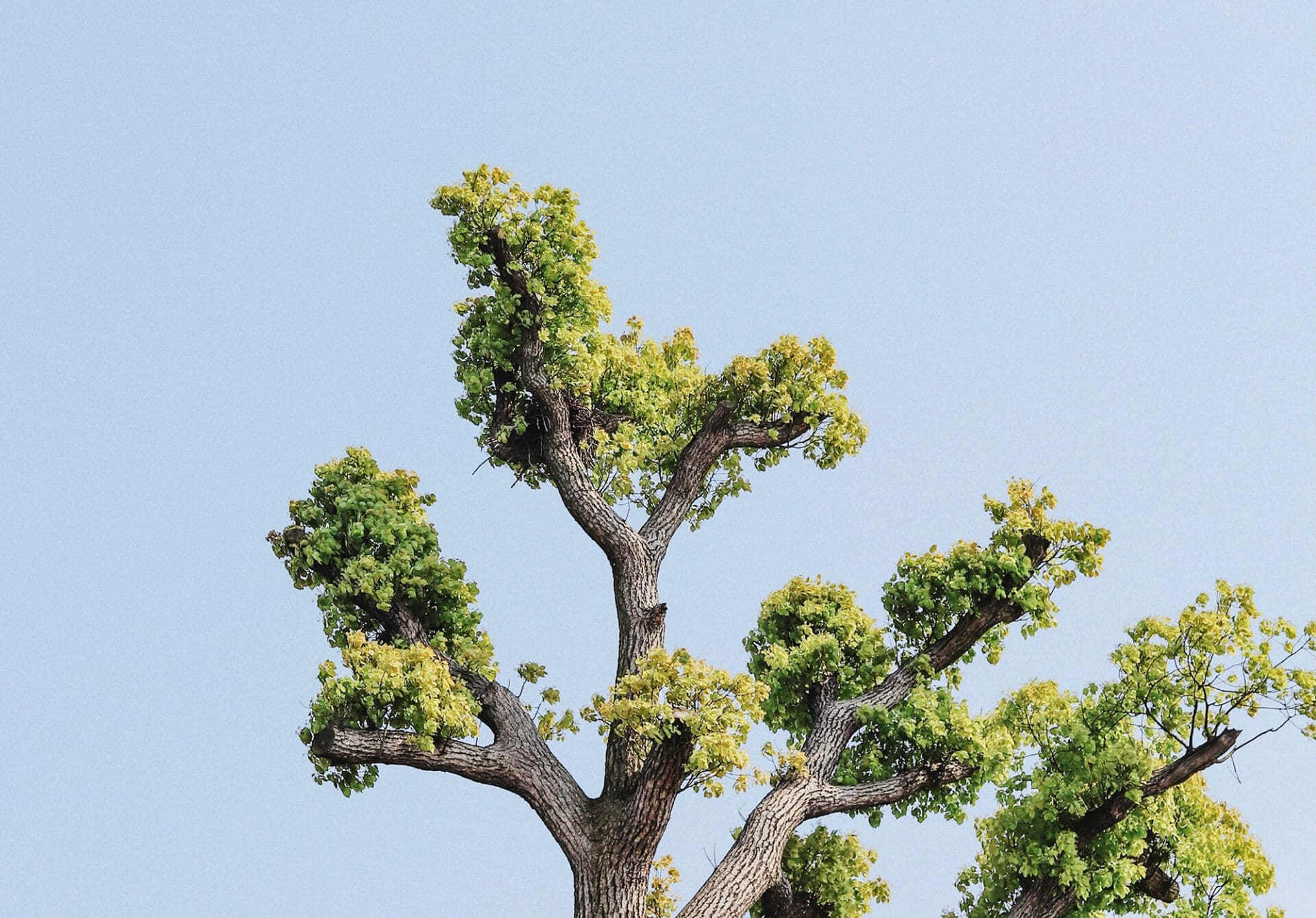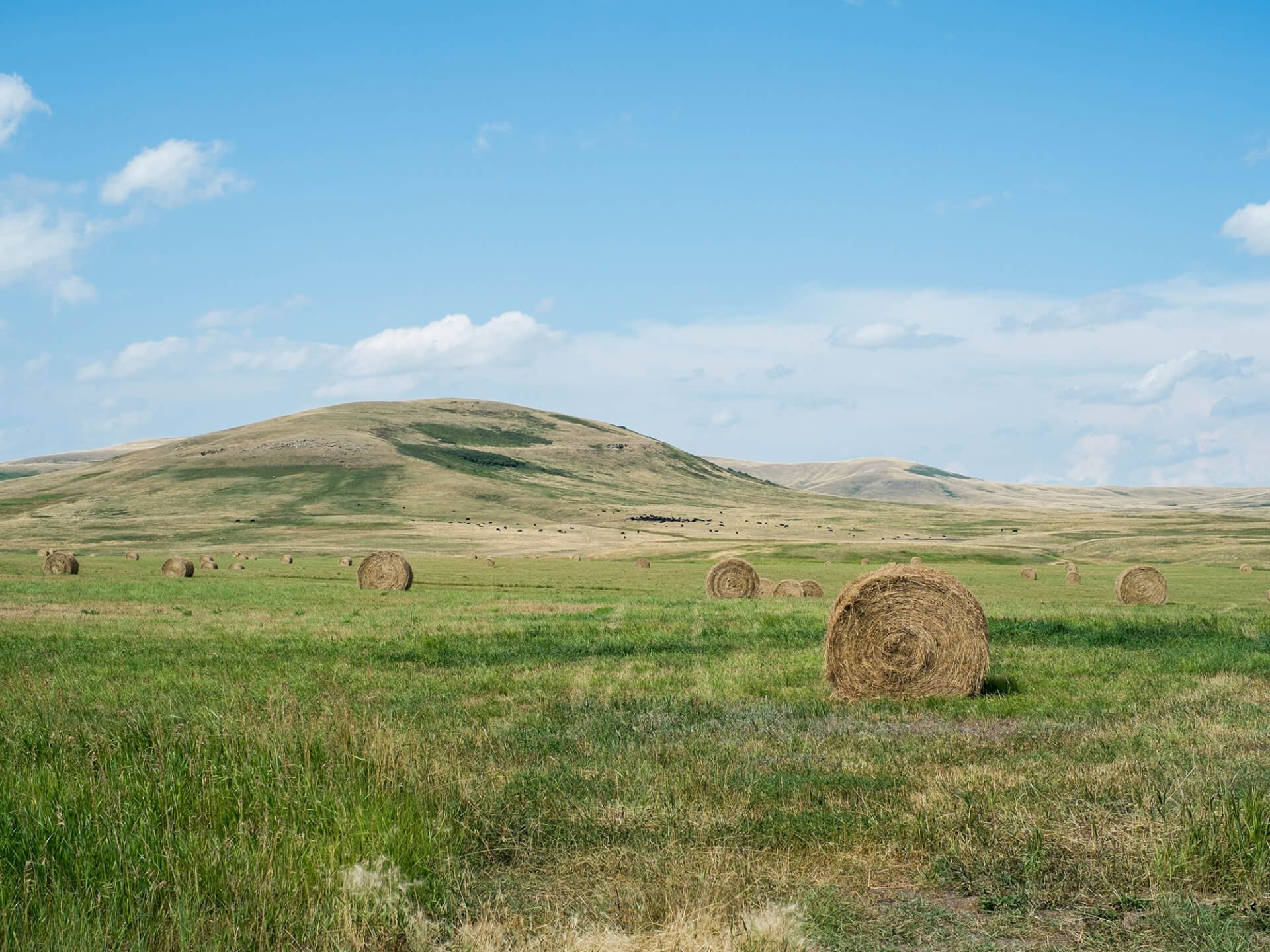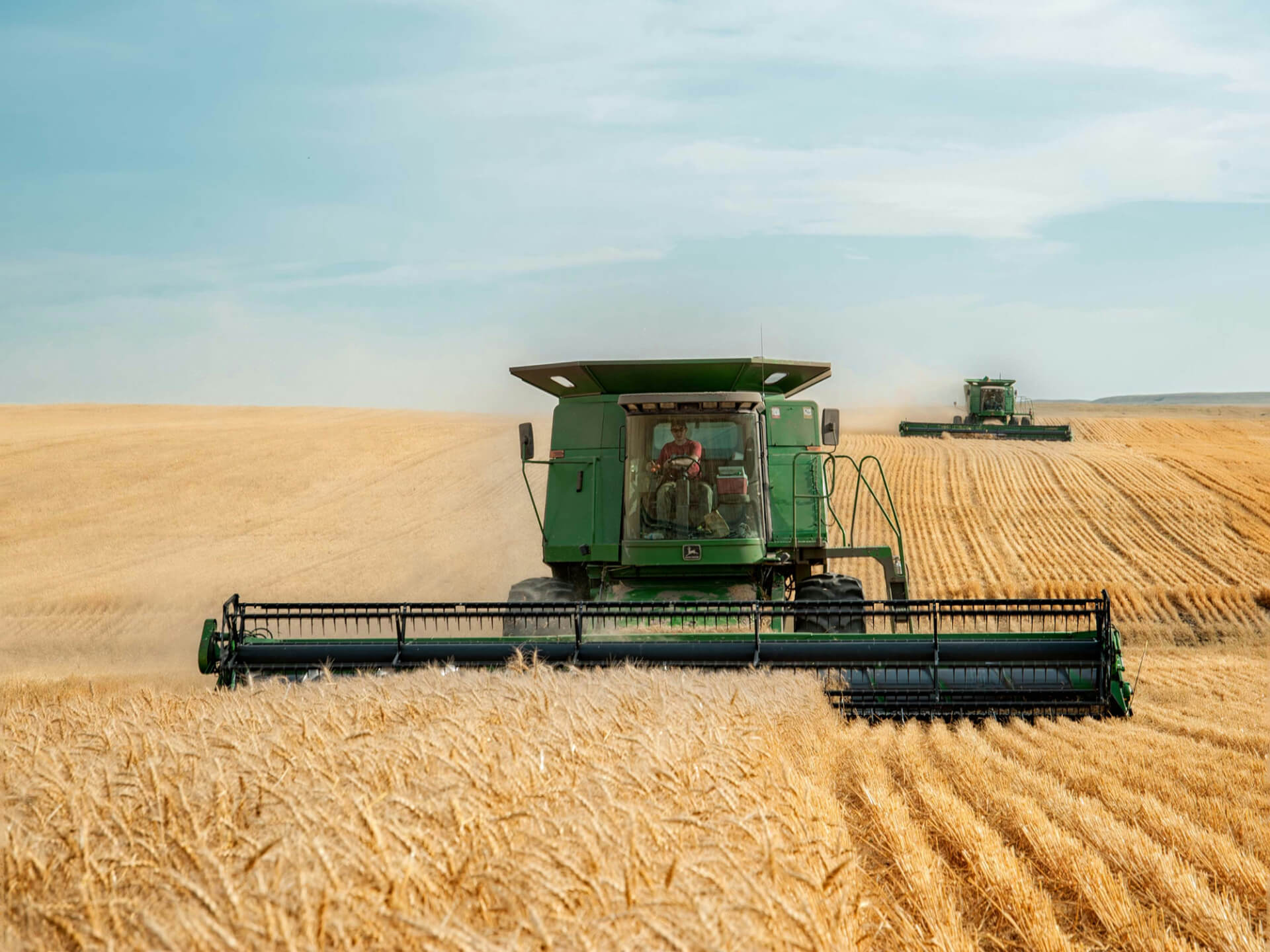Winter often brings a sense of dormancy to gardens, with many plants losing their vibrant colors and lush foliage. However, there’s no need for your outdoor or indoor spaces to look dull during the colder months. Certain plants thrive in winter, staying green and lively even when the temperatures drop. Whether you’re a gardening enthusiast or someone looking to add a touch of nature to your home, these nine winter-green plants will keep your surroundings vibrant and inviting.
1. Boxwood (Buxus)
Boxwood is a classic evergreen shrub that maintains its rich green color throughout the year. Its dense foliage makes it perfect for hedges, topiaries, or standalone shrubs. Boxwood is low-maintenance and can withstand cold temperatures, making it a favorite for winter gardens.
Best Time to Visit/Plant: Early fall or spring, so the plant can establish roots before winter.
Cost: A small boxwood plant typically costs between 15and15and30, depending on the size and variety.
2. Holly (Ilex)
Known for its glossy green leaves and bright red berries, holly is a winter staple. It adds a festive touch to gardens and is often associated with holiday decor. Holly thrives in cooler climates and can grow as a shrub or tree.
Best Time to Visit/Plant: Late fall or early winter, as it’s often used for holiday decorations.
Cost: A holly plant can range from 20to20to50, depending on its size and maturity.
3. Wintergreen (Gaultheria procumbens)
This low-growing evergreen plant not only stays green in winter but also produces bright red berries. Its leaves have a pleasant minty fragrance, making it a delightful addition to gardens or containers.
Best Time to Visit/Plant: Early spring or fall, allowing it to establish before winter.
Cost: Wintergreen plants are affordable, usually costing between 10and10and20.
4. Japanese Andromeda (Pieris japonica)
With its cascading clusters of bell-shaped flowers and evergreen foliage, Japanese Andromeda is a stunning winter plant. Its leaves often take on a reddish hue in colder months, adding a unique touch to your garden.
Best Time to Visit/Plant: Early spring or fall for optimal growth.
Cost: Prices range from 25to25to50, depending on the size and variety.
5. Christmas Fern (Polystichum acrostichoides)
This native North American fern stays green throughout the winter, making it a great choice for shaded areas. Its arching fronds add texture and elegance to gardens, even in the coldest months.
Best Time to Visit/Plant: Early spring or fall, as it prefers cooler planting conditions.
Cost: A Christmas fern typically costs between 10and10and25.
6. Camellia (Camellia japonica)
Camellias are known for their stunning winter blooms and glossy evergreen leaves. They thrive in milder winter climates and can add a pop of color to your garden when most other plants are dormant.
Best Time to Visit/Plant: Fall, so they can establish roots before blooming in winter.
Cost: Camellia plants range from 30to30to60, depending on the variety and size.
7. English Ivy (Hedera helix)
English Ivy is a versatile evergreen vine that stays green year-round. It’s perfect for ground cover, walls, or trellises and can even be grown indoors. Its hardiness makes it a reliable choice for winter greenery.
Best Time to Visit/Plant: Spring or fall, as it prefers cooler temperatures for establishment.
Cost: Small English Ivy plants are budget-friendly, costing between 5and5and15.
8. Mountain Laurel (Kalmia latifolia)
This evergreen shrub is native to the eastern United States and features leathery green leaves and beautiful spring flowers. It retains its foliage throughout the winter, adding structure and color to your garden.
Best Time to Visit/Plant: Early spring or fall for best results.
Cost: Mountain Laurel plants typically cost between 20and20and40.
9. Blue Spruce (Picea pungens)
While technically a tree, the Blue Spruce is a winter favorite for its striking blue-green needles. It’s a hardy evergreen that can withstand harsh winter conditions, making it a great addition to larger gardens or landscapes.
Best Time to Visit/Plant: Early spring or fall, allowing it to establish before winter.
Cost: A small Blue Spruce tree can cost between 30and30and100, depending on its size.
Why You’ll Love These Winter Plants
These nine plants not only stay green in winter but also bring life and beauty to your surroundings during the coldest months. They’re perfect for creating a cozy, inviting atmosphere in your garden or home. Whether you’re looking for low-maintenance shrubs, vibrant flowers, or elegant evergreens, there’s something on this list for everyone.
Best Time to Visit a Nursery
If you’re planning to add these plants to your garden, the best time to visit a nursery is during the fall. This allows you to select healthy plants and give them enough time to establish roots before winter sets in. Nurseries often have a wide variety of winter-green plants during this season, and you might even find some great deals!
Cost Considerations
The cost of these plants varies depending on their size, variety, and where you purchase them. On average, you can expect to spend between 10and10and100 per plant. While some options are more budget-friendly, investing in these winter greens is a long-term commitment to year-round beauty.
Final Thoughts
Winter doesn’t have to mean a lifeless garden. With these nine plants, you can enjoy vibrant greenery and even some colorful blooms throughout the colder months. Whether you’re a seasoned gardener or a beginner, these plants are easy to care for and will bring joy to your outdoor or indoor spaces. So, why wait? Visit your local nursery this fall and start planning your winter wonderland today!



Leave a Reply